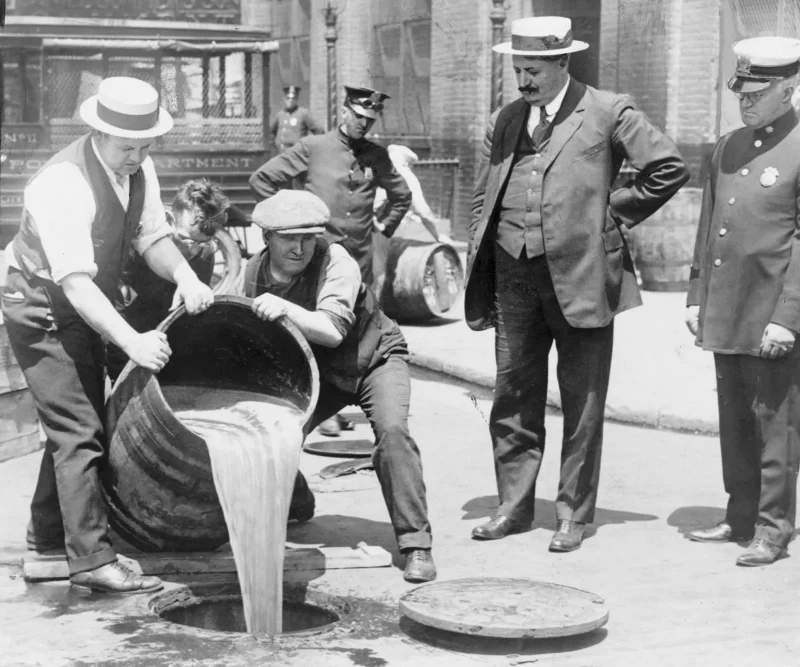Moma | the Collection | Otto Dix. the War (Der Krieg). 1924 (Prints Executed 1923-1924), www.moma.org/s/ge/collection_ge/objbyppib/objbyppib_ppib-12_sov_page-37.html. Accessed 19 Apr. 2025.
The war is good as it will work well to help get the point across of how much Germany was affected by the first world war and shows the horrors and pain inflicted on the fighting men of the war.
We Are Making a New World | Imperial War Museums, www.iwm.org.uk/collections/item/object/20070. Accessed 19 Apr. 2025.
This is a more hopeful piece from a British artist that helps to point to how the winners of the war had a much more optimistic viewpoint toward the future.
“The Night (1918-19) by Max Beckmann.” Artchive, www.artchive.com/artwork/the-night-max-beckmann-1918-19/. Accessed 8 Jan. 2024
This tragic peace should help as it better helps to paint the picture of what Germany was feeling post war.
“The City.” Philadelphia Museum of Art, philamuseum.org/collection/object/53928. Accessed 8 Jan. 2024.
This French peace would help show this strange distinct style that both France and Russia had after the war, this strange style with a greater reliance on interpretation and color and shape.
“Tochil’Schik Printsip Mel’Kaniia (the Knife Grinder or Principle of Glittering) Yale University Art Gallery.” Yale University Art Gallery, artgallery.yale.edu/collections/objects/45338. Accessed 8 Jan. 2024.
Will probably not use this as the times don’t make sense to use.
“Vasily Kandinsky: Composition 8.” The Guggenheim Museums and Foundation, www.guggenheim.org/artwork/1924. Accessed 8 Jan. 2024.
“Yellow-Red-Blue, 1925 by Wassily Kandinsky.” Wassily Kandinsky, www.wassily-kandinsky.org/Yellow-Red-Blue.jsp#google_vignette. Accessed 8 Jan. 2024.
These two works by Kandinsky work with the City to show how the nations in which the fighting mostly took place had this same phenomenon of this art style, and how I believe that it is a rejection of the reality of their war torn nations and seeking the comfort of creative interpretations.


